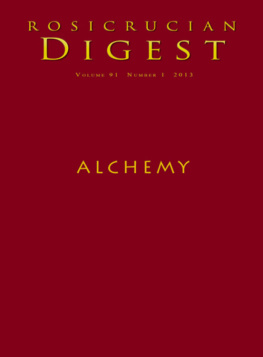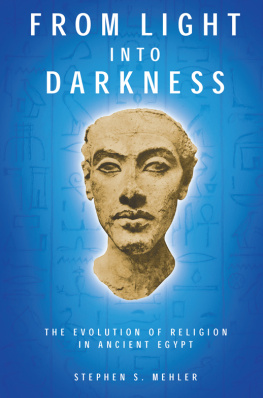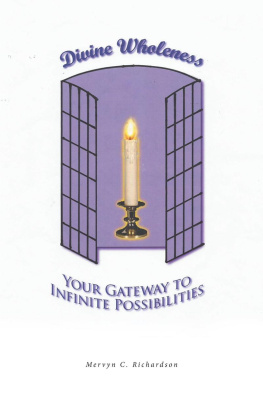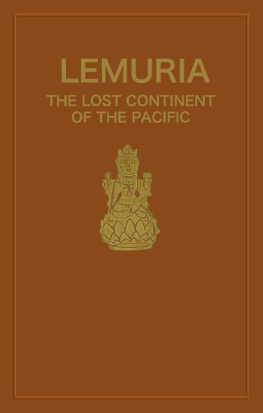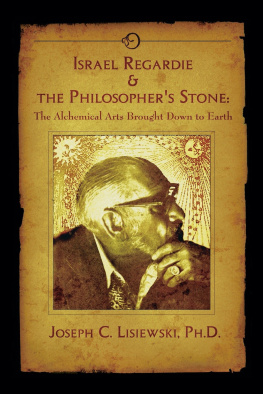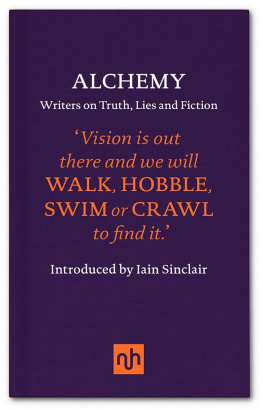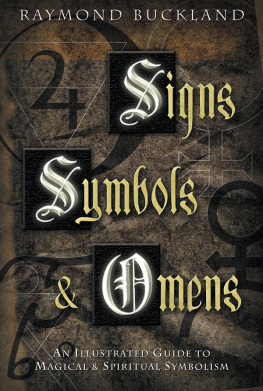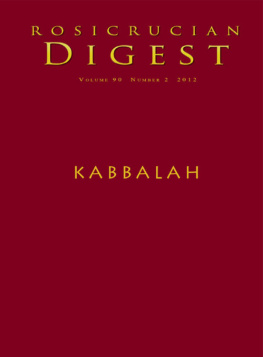ROSICRUCIAN DIGEST
No. 1 - 2013
Vol. 91 - No. 1
Official Magazine of the Worldwide Rosicrucian Order
Established in 1915 by the Supreme Grand Lodge of the English Language Jurisdiction, AMORC, Rosicrucian Park, San Jose, CA 95191.
Copyright 2013 by the Supreme Grand Lodge of AMORC, Inc. All rights reserved. Republication of any portion of Rosicrucian Digest is prohibited without prior written permission of the publisher.
ROSICRUCIAN DIGEST (ISSN #00358339) is published bi-annually for $12.00 per year, single copies $6.00, by the Grand Lodge of the English Language Jurisdiction, AMORC, Inc., at 1342 Naglee Ave., San Jose, CA 95191. POSTMASTER: Send address changes to ROSICRUCIAN DIGEST at 1342 Naglee Ave., San Jose, CA 951910001.
Developed by Metrodigi www.metrodigi.com

Introduction to Alchemy
Frater Albertus, FRC
Frater Albertus (1911 - 1984) was a long time member of the Rosicrucian Order, AMORC, the founder of the Paracelsus Research Society, and an eminent Alchemist who, through his many workshops and books, served as a mentor to some of the most important Alchemists of today.
The article below is the Introduction to his book, The Alchemists Handbook (Manual for Practical Laboratory Alchemy) , an invaluable guide for aspiring Alchemists.

W hat is Alchemy? This is the first and most vital question to be answered before a study of the following pages should be undertaken. This question can be answered to the satisfaction of the inquiring mind, but all careless paging through this book will be to no avail. If the reader has no previous knowledge of Alchemy and, moreover, no knowledge through conscientious study concerning mysticism, occultism, or related subjects, the answer to the above question will have little meaning. What, then, is Alchemy? It is the raising of vibrations.
For this reason it is wise not to attempt to experiment with the laboratory outlines that follow. These experiments are only for those who have spent considerable time in spagyric research and who have proven to themselves that an honest endeavor has prevailed and that this same endeavor still motivates their true search for the highest Arcana, the lapis philosophorum . As all students of alchemistical literature have come to realize that the exact process for the opus magnum has never been completely revealed in simple language or put into print, they will appreciate the fact that here is given a detailed description of the lesser circulation.
In Alchemy there are the lesser and greater circulations. The former pertains to the herbal kingdom and the latter to the most coveted of them all, the mineral (metallic) realm. A correct understanding, and not just knowledge, of the herbal process will open the gate to the great Arcanum. Months and years of experimentation in your alchemical laboratory will prove the truth of this statement. The fact that Alchemy is a lifes work will be accepted by those who have spent months and years behind books and retorts. It is this significant fact which provides our spagyric art with such an armor that no materialist can pierce it. If it were not for the cleansing, purging, and aging of the alchemist-to-be over a great length of time, like the subjectum he is working with, how could it be kept from the profane and the unworthy? Only that which has stood the test of fire has been purified. That there is still a cloak of secrecy covering alchemical processes, and that this must yet remain so will have to be accepted by all aspiring alchemists. For personal greed has no place in Alchemy. The aim of all true Adepts is to help relieve a suffering humankind in its physical and spiritual misery. A non-acceptance of this excludes one automatically from the circle of Adepts.
My friends of the medical profession, as well as the pharmaceutical chemists, will readily disagree with me when reading what follows. This must be taken for granted and, in fact, has been so since what is presented here is so foreign to the standardized teachings in present day medical colleges. Since I agree with them, on their terms, it is only fair to ask that they think of the contents of this book in the terms of an alchemist. If this is impossible, then the book should be laid aside for the time being and forgotten until it can be examined by an open mind free from prejudice.
No attempt is being made here to write on allopathic therapeutics. This shall be left to those versed in this particular branch of healing. I am writing here about Alchemy because of the years of studies and experiments that have preceded this book, and because of the work that shall in all likelihood continue to follow. Since the scope of Alchemy is so immense, one earthly incarnation in many, if not most, cases is an insufficient time for the full completion of the work. In climbing the alchemists ladder, there are many tribulations to consider involving time, money, heartachesto mention only a few of the difficult steps. The aspirant then should think long and well before undertaking such an ordeal, for if he is not prepared all will prove unsuccessful.
The process in both the lesser and greater circulation is basically not expensive. In fact, it is relatively insignificant. But before this state can be reached much money, time, and effort can and, most likely, will be spent. It is for these reasons that an urgent appeal is made not to venture rashly into Alchemy, not to see oneself sitting in perfect personal health at the end of a rainbow with the world at ones feet and with full pots of glistening gold. These are only illusions and will prove to be but sensational and glamorous fata morgana ; they will not satisfy the soul. There is more to be gained in Alchemy than vainglory. This, in fact, cannot be obtained in Alchemy. Such vainglory is as far from the true goals of Alchemy as night is from day. This brings us back to the simple statement made at the beginning of this chapter: Alchemy is the raising of the vibrations. He who sees no meaning in this seemingly unimportant sentence has no right to attempt alchemical experimentation. Such a person is like one who claims that since he knows all the letters of the alphabet he can, therefore, read any language as they are all composed of letters from the same alphabet. But does he read with understanding when the letters are interchanged, forming words in different languages? A chemist may know all the formulas and all the abbreviations of chemical terminology, but does she also understand what they really are? Their true origin? Their first state? This we shall leave for those who are concerned to answer. If all the foregoing statements do not discourage the aspirant and make him clap the book shut and put it away with disgust, perhaps then it will help him to find himself in this universe and to give peace and contentment to his soul. Hermetic philosophy, with its practical arcanum, repeats itself over and over again in the ancient axiom: As above, so below. As below, so above.
It is questionable whether or not historical references to Alchemists of the past have a place in these pages. There have been so many books published already that have made it their business to elaborate on the history and romance of Alchemy. For this reason, no attempt is being made here to add to the wealth of biographical material supplied by such books. Our emphasis falls, rather, on present-day alchemystical experimentation, conducted in accordance with age-old practices. Our aim in these pages is to attempt to demonstrate and to reveal the truth of Alchemy in contemporary language, while still remaining in harmony with ancient rules and rituals, according to the Alchemists Oath. The practice of Alchemy, not only in earlier times but in our own day as well, should be undertaken only with the greatest solemnity. This can best be illustrated by the following oath from Theatrum Chemicum Britannicum (London, 1652). This oath, in only slightly modified form, is still being used by present day Adepts:
Next page
